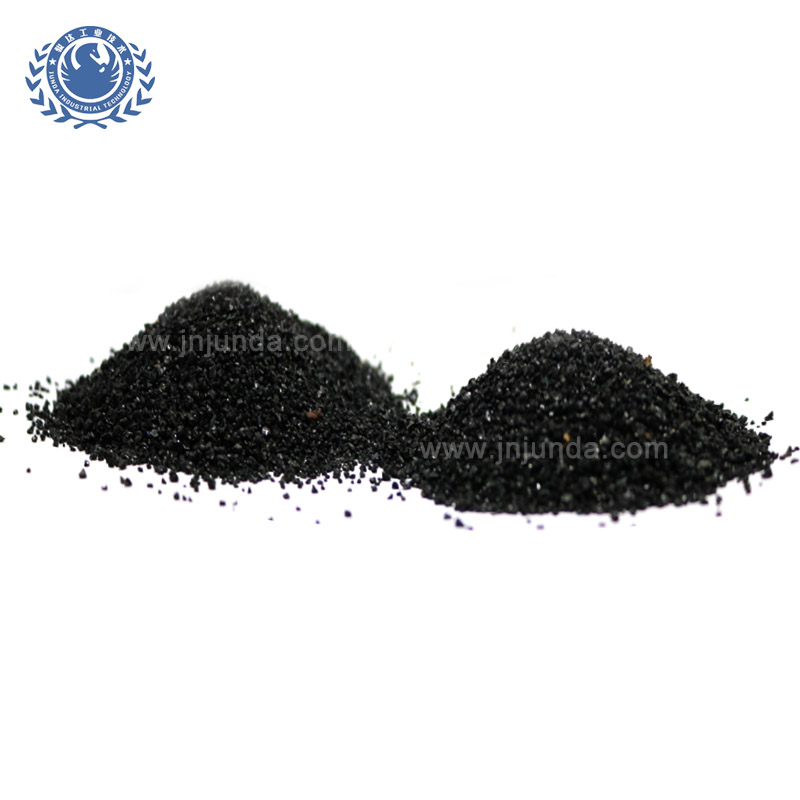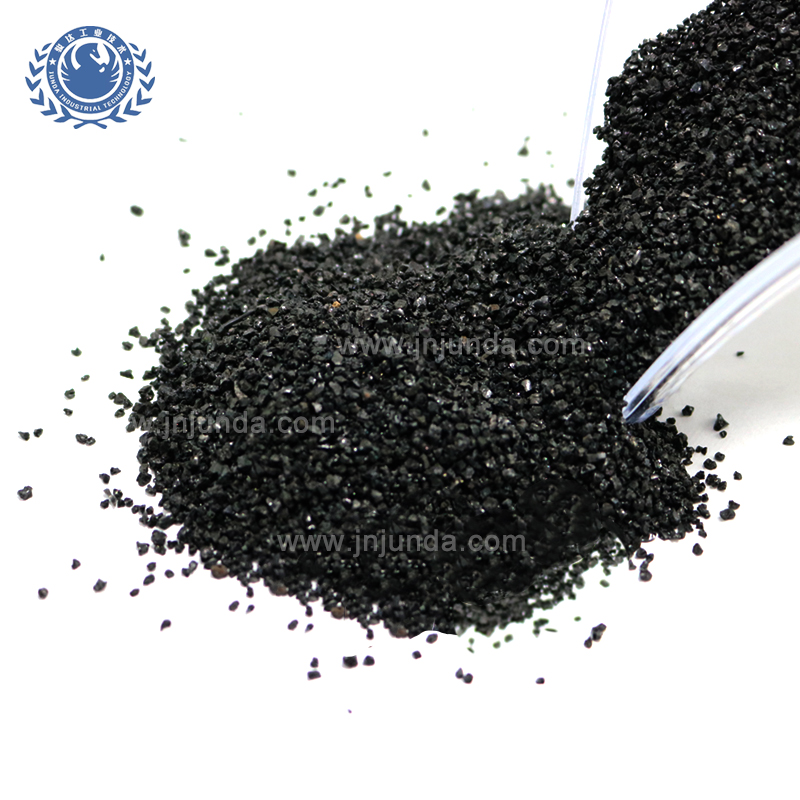News
Copper Slag
7/12/2023

 Copper slag, usually black and angular shap with different sizes, is a synthetic mineral abrasive that is produced from the slag of copper smelting. It is a hard, angular, and aggressive material that is used for surface blasting, especially for removing rust, paint, and other coatings from metal surfaces. Copper slag is also known as iron silicate slag, and it has several advantages over other blasting media. Some of these advantages are:
Copper slag, usually black and angular shap with different sizes, is a synthetic mineral abrasive that is produced from the slag of copper smelting. It is a hard, angular, and aggressive material that is used for surface blasting, especially for removing rust, paint, and other coatings from metal surfaces. Copper slag is also known as iron silicate slag, and it has several advantages over other blasting media. Some of these advantages are:• Copper slag is cheaper than other abrasives, such as garnet, aluminum oxide, or crushed glass.
• Copper slag has a higher density than coal slag, which means it can blast faster and more efficiently.
• Copper slag can be recycled and reused several times, depending on the grit size and the surface profile required.
• Copper slag has a low free silica content, which reduces the risk of silicosis and other respiratory diseases.
Copper slag is available in different grit sizes, ranging from very fine to coarse. The most common sizes are 12/30, 20/50, and 30/60. The finer the grit size, the smoother the surface finish, but the lower the cutting speed and the number of reuses. The coarser the grit size, the rougher the surface finish, but the higher the cutting speed and the number of reuses.
Copper slag is widely used in various industries, such as shipbuilding, construction, oil and gas, cement, and textile. It is also used as a filler for artificial turf, a component for asphalt and concrete, and an additive for cement and slag wool insulation.
Copper slag, usually black and angular shap with different sizes, is a synthetic mineral abrasive that is produced from the slag of copper smelting. It is a hard, angular, and aggressive material that is used for surface blasting, especially for removing rust, paint, and other coatings from metal surfaces. Copper slag is also known as iron silicate slag, and it has several advantages over other blasting media. Some of these advantages are:
• Copper slag is cheaper than other abrasives, such as garnet, aluminum oxide, or crushed glass.
• Copper slag has a higher density than coal slag, which means it can blast faster and more efficiently.
• Copper slag can be recycled and reused several times, depending on the grit size and the surface profile required.
• Copper slag has a low free silica content, which reduces the risk of silicosis and other respiratory diseases.
Copper slag is available in different grit sizes, ranging from very fine to coarse. The most common sizes are 12/30, 20/50, and 30/60. The finer the grit size, the smoother the surface finish, but the lower the cutting speed and the number of reuses. The coarser the grit size, the rougher the surface finish, but the higher the cutting speed and the number of reuses.
Copper slag is widely used in various industries, such as shipbuilding, construction, oil and gas, cement, and textile. It is also used as a filler for artificial turf, a component for asphalt and concrete, and an additive for cement and slag wool insulation.

professional firm engaged in the research, development, sale, and service of Steel Shot, Steel Grit, sandblaster, sandblasting machine, garnet sand. We are located in Jinan with convenient transportation access. .
Quick links
Products Structure
Our Contacts
No.365 ,The Second Jing Road ,Huaiyin District, Jinan City ,Shandong Province ,China
0086-531-82020205
+0086-15806668333

